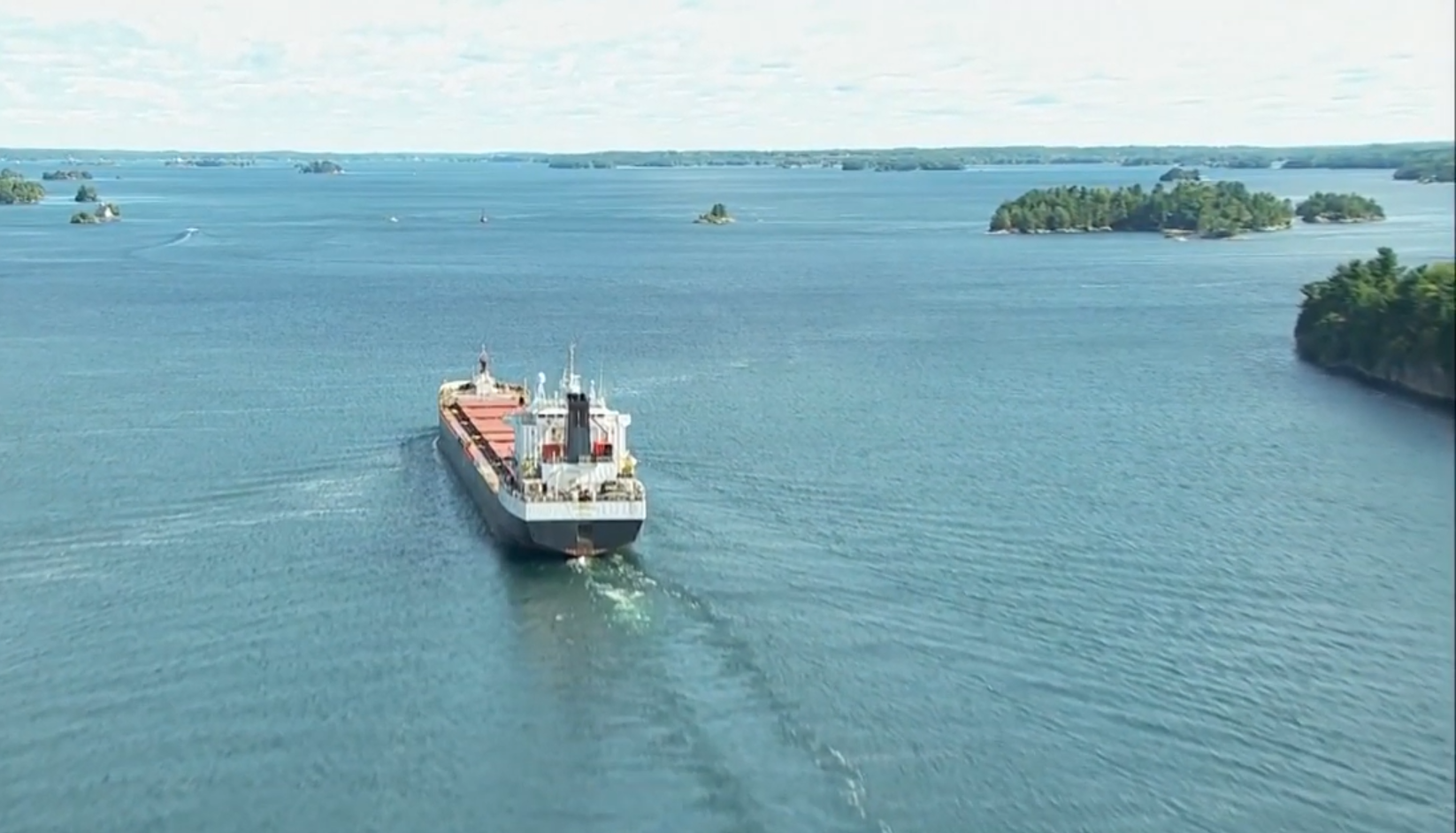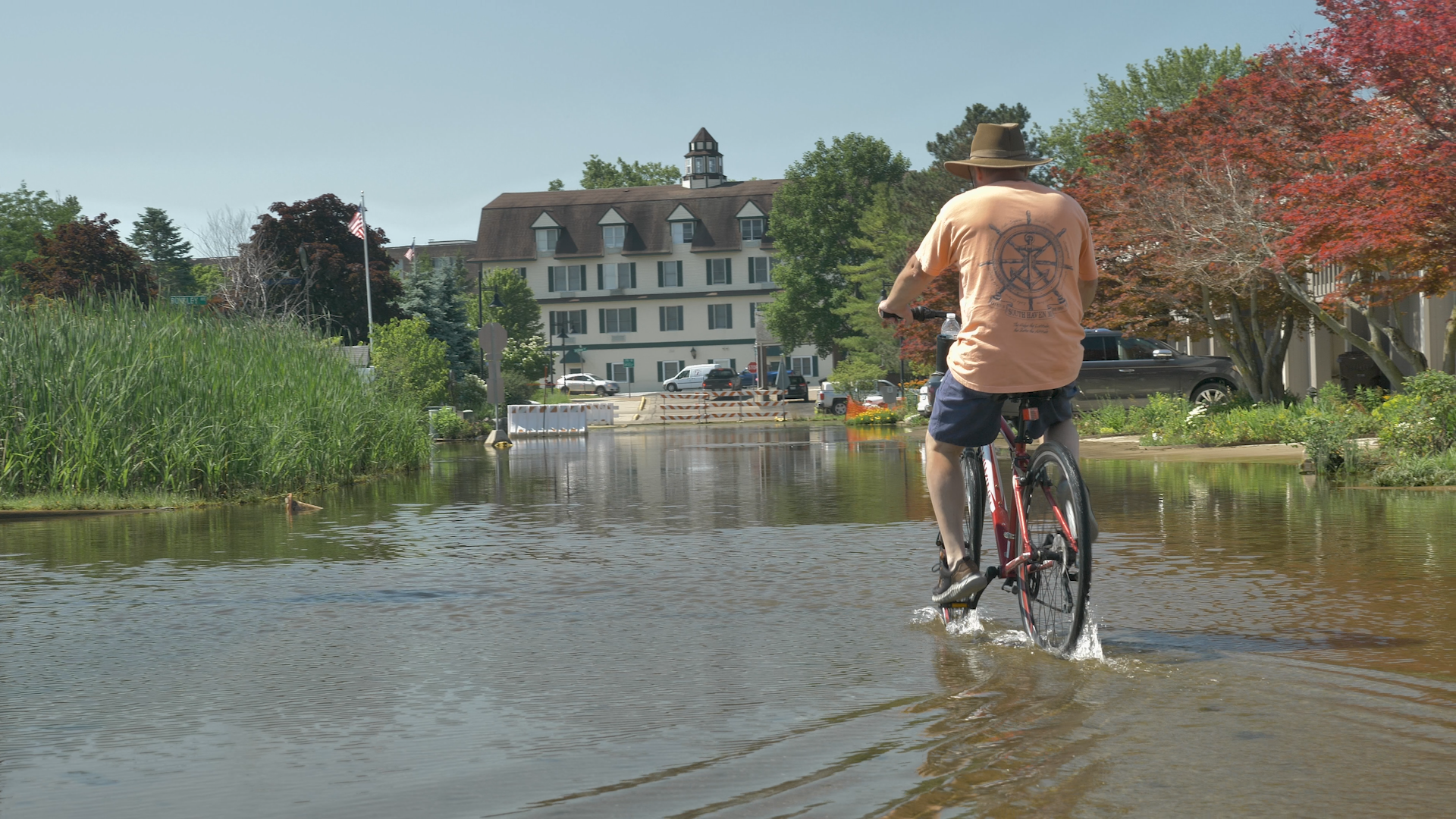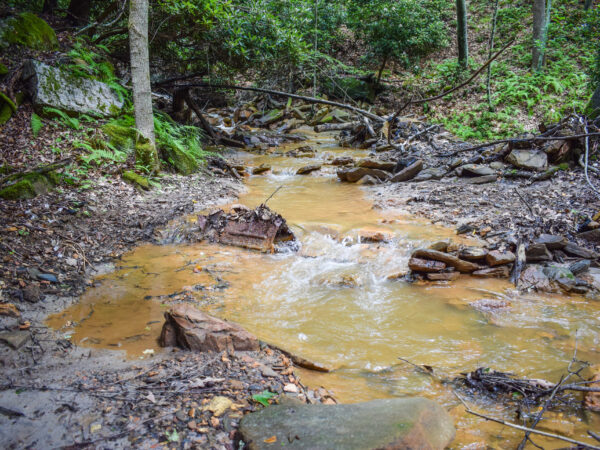
Amid wildfires, heat waves, drought and catastrophic flooding, Canada is moving ahead with its first ever national adaptation strategy to help Canadians identify and deliver on meaningful ways of adapting to the worsening effects of the climate emergency.
First announced in December 2020 and updated in mid-August, the government aims to consult widely with Indigenous groups, youth and environmental organizations to create a framework for concrete actions that businesses, governments and individuals can take to ensure the resilience of their communities. Ottawa has also put up almost $6 billion towards climate change adaptation and resilience measures.
The federal government is pushing this as a truly national strategy for climate change adaptation, so better coordination between governments is a key reason why the strategy is necessary, said Jo-Ellen Parry, adaptation director with the International Institute for Sustainable Development.
“Throughout the country there’s an ongoing risk that if you have adaptation action being done in an uncoordinated manner you will have actions by one jurisdiction counteracting actions by another jurisdiction,” she told Great Lakes Now.
The current strategy has identified numerous important key themes, Parry said, including Indigenous reconciliation, nature-based solutions like natural infrastructure, and the post-COVID creation of green jobs. However, Parry worries that Ottawa is missing an opportunity through the consultation process to speak beyond traditional adaptation stakeholders to engage with everyday Canadians about the need for adaptation to the effects of warming already locked in place.
One extreme weather event familiar to residents of the Great Lakes basin is flooding, an issue made worse by warming weather and rising water levels.
Something as simple as ensuring consistent and equitable flood insurance protection to those who need it throughout the country, Parry said, increases the effectiveness of Canada’s adaptation overall, rather than relying on a patchwork of insurance schemes that protect some more than others.
Toronto, for example, has seen three 100-year storms in the past decade. The city’s current infrastructure is simply not capable of handling routine and massive deluges, said Robin Edger, national climate change director for the Insurance Bureau of Canada.
“Homeowners have paid for that with their homes,” he said.
It’s part of a worrying, long-term trend. Last year, $2.4 billion in insurable claims were paid out due to extreme weather events in Canada, which is on par with annual payouts over the past 20 years.
“But that’s higher than it was in the previous 20 years by approximately a factor of six,” Edger said, and is likely to climb as the climate crisis worsens. “Insurers have a very direct financial interest in the country, both in tackling climate change in terms of [reducing greenhouse gas] emissions, but also in terms of adaptation and resilience.”
Canada’s insurance bureau has long advocated for a national adaptation strategy, and Edger is pleased that there is now consensus that the government must be urgent in developing the strategy. That hasn’t always been the case.

South Haven, Mich., flooding (Great Lakes Now Episode 1016)
Moving beyond mitigation
For many years in Canada, any talk about climate change preparedness typically focused on GHG emissions reduction, which is a form of mitigation. Adaptations to climate change, such as flood-proofing your home in the face of rising water levels, has long taken a backseat to mitigation talks, Edger noted.
“We have to have that conversation [about mitigation], that’s an incredibly important conversation,” he said. “But what was missing was the piece around understanding that climate change is not exclusively a future problem — it is a future problem, but it’s also a now problem.”
Parry agrees that adaptation efforts in Canada have lagged behind many European countries that lead the world in adaptation measures. But a shift is currently taking place. “It definitely feels like adaptation is becoming a bigger part of the conversation,” she said.
A key reason for this shift are the wildfires, droughts, heat waves and floods that have dominated headlines in recent years.
“It’s unfortunate that only when we can see, feel and smell the impact [of extreme weather events] that our concern increases,” Parry said. “At least these conversations are happening now.”
Meanwhile, as Canadians wake up to the need to both mitigate their GHG emissions while adapting to the current impacts of climate change, renewable energies (particularly hydroelectric power) are making up an ever larger share of Canada’s energy stream. They are expected to hit 71% in 2023, up from 67% just four years ago.
While the growth in renewables in former renewable energy powerhouses like Ontario is slowing dramatically, Prairie provinces like Saskatchewan and Alberta – Canada’s oil-production capital – are growing by leaps and bounds with renewable energy capacity expected to grow by 8 and 10% respectively by 2023.
“When people think about the Prairies, many of them think about fossil fuels,” Canada Energy Regulator chief economist Darren Christie said in a March 2021 statement. “Interestingly, our projections show they are actually now leading the way in renewable energy growth.”
Driving this change are corporations securing large-scale solar and wind-powered energy contracts. In July 2021, the Pembina Institute reported that contracts where a buyer (including companies like Amazon and Budweiser) purchases future clean energy at a set, lower price were on the rise. Halfway through 2021, more than 1200 megawatts of solar and wind energy have been contracted already, breaking the 2020 cumulative total of 442 megawatts.
“The message has been heard loud and clear in corporate boardrooms,” Pembina noted. “Renewable energy is now so cheap that it’s a solid business decision to lock it in now for years to come.”
Canada’s mixed record on GHG reduction
Yet despite the renewable energy gains being made in provinces heavily reliant on fossil fuels to power their economies, Canada is struggling to reduce GHG emissions and hit the reduction targets agreed to at the 2016 Paris climate conference.
Canada’s federal government updated its reduction target this summer with a stronger pledge, promising the country would reach “at least” a 40-45% reduction below 2005 levels by 2030. Even this more robust reduction target doesn’t put Canada on a path to do its part to keep the planet at or below 1.5 degrees Celsius of warming — such a move would require reductions of at least 54% below 2005 levels within the next decade, something the independent scientific body Climate Action Tracker says is not possible without tougher regulations and policies in place.
It is currently difficult to imagine stronger regulations forthcoming. On the same day the Code Red IPCC report was released, Canada’s then Environment and Climate Change Minister Jonathan Wilkinson defended his government’s $4.5 billion public purchase of the TransMountain Pipeline from U.S. energy giant Kinder Morgan in 2018. Wilkinson told a CBC interviewer that Canada needed to maximize the revenue generated from TransMountain to help fund its GHG reduction targets. The pipeline is set to carry upwards of 890,000 barrels of crude and refined oil from Edmonton, Alberta, to Burnaby, British Columbia, on Canada’s west coast each day.
Michelle Woodhouse, water program manager with Environmental Defence, told Great Lakes Now there is a major contradiction between a government looking to advance adaptation strategies and climate change resilience while spending billions of taxpayer dollars on a pipeline that will facilitate the burning of vast quantities of fossil fuels.
“We need a strong adaptation strategy. We need to put more funding into the adaptation strategy than we already are,” she said. “But where’s the mitigation strategy? Where’s the roadmap to get off fossil fuels?”
Analyzing the government’s national adaptation strategy is challenging, Woodhouse notes, when the Liberal government’s track record on GHG mitigation is lacking. The $3.79 billion allocated to adaptation and resilience measures by the government in 2021 “is a pretty small amount” compared to the $18 billion in annual subsidies that Ottawa distributes to fossil fuel companies.
“There’s no way we can reduce greenhouse gas emissions while at the same time expand the fossil fuel industry,” she said. “An [adaptation] strategy isn’t going to cancel out the fact that we don’t have a strong mitigation strategy or a roadmap to net zero by 2050. Until we’re on top of that, it’s like shooting a water gun at a huge fire.”
The future of the strategy itself is up in the air as Canada was plunged into a national election set for Sept. 20. Liberal leader and former Prime Minister Justin Trudeau is in a tight race against Conservative Party of Canada leader Erin O’Toole. While the Conservatives have agreed to push forward with a national adaptation strategy if elected, overall O’Toole’s plan is weaker than both the Liberals and the New Democrats, another opposition party.
“If there’s a change in government we would have to wait and see the extent to which their vision for an adaptation strategy, and the process by which it gets created, differs from the current one,” Parry said. Replacing ministers, let alone entire governments, can lead to significant delays.
Currently, the completed national adaptation strategy is scheduled for release in fall 2022.
Catch more news on Great Lakes Now:
Canada commits $340 million to Indigenous protected areas, guardians programs
Plastic Impact: Canada launches multi-year study of microplastics in water and soil
API key not valid. Please pass a valid API key.Featured image: A freighter crosses Lake Ontario. (Great Lakes Now Episode 1005)




